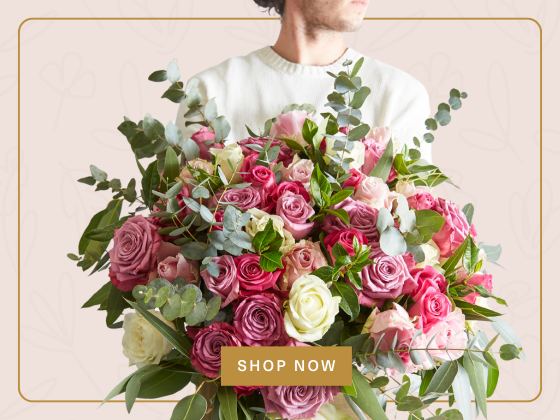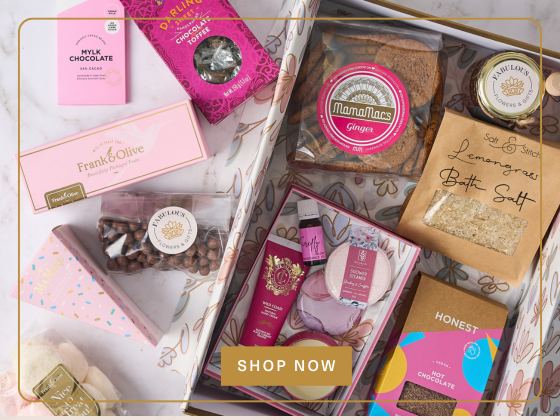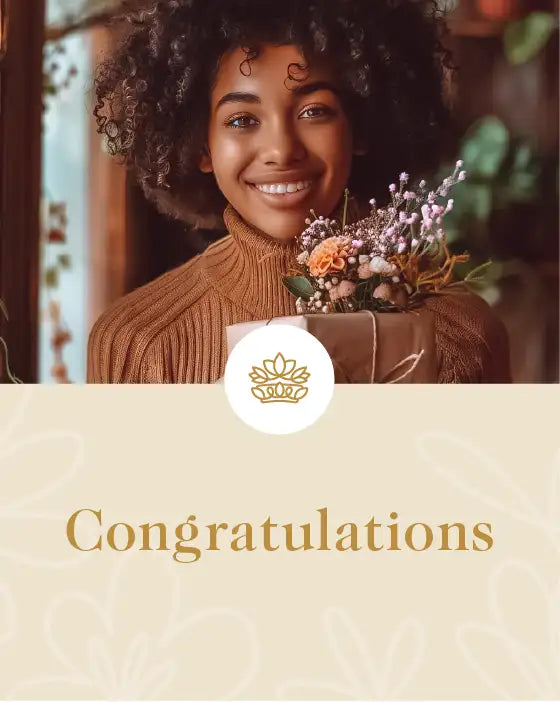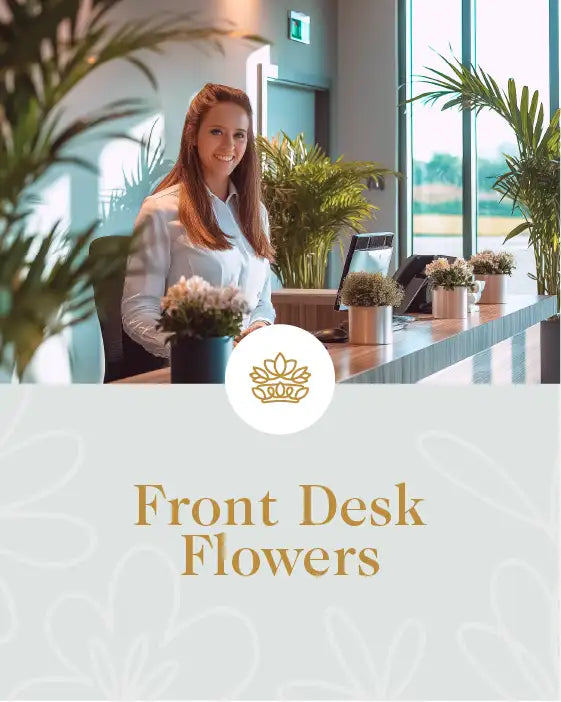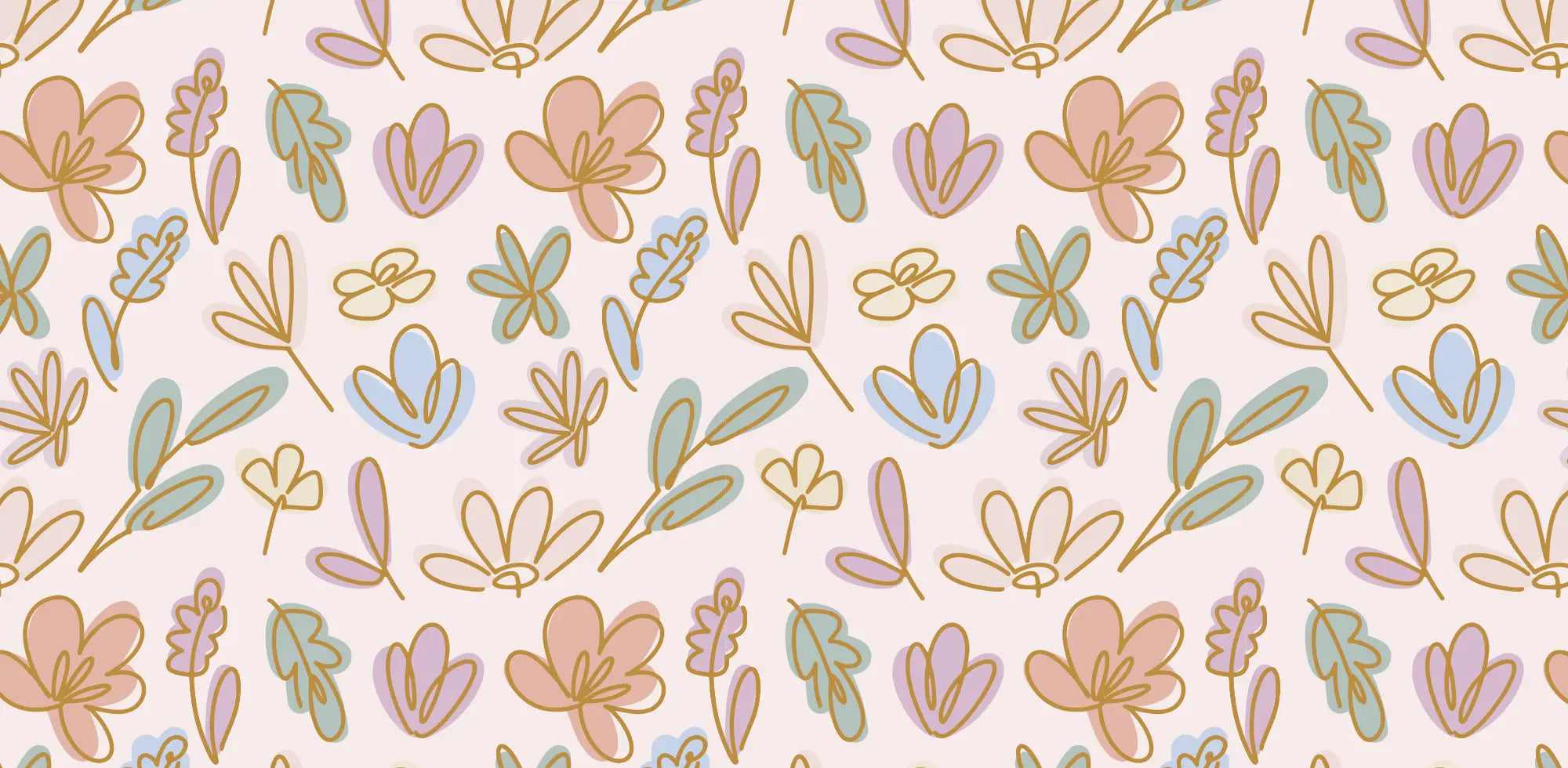How to Choose the Perfect Flower Bouquet for Any Event: A Complete Guide
Are you looking to add a touch of elegance to your next event? Look no further than the perfect flower bouquet! These enchanting bursts of colour and fragrance can transform any environment, setting the tone and evoking a exact mood. Whether you’re planning a wedding, a corporate gathering, or a simple get-together, choose the perfect flowers to make all the difference.
But how to choose the ideal bouquet for any given event? It’s not just about picking pretty blooms; it’s about creating an unforgettable ambience. From considering the event’s setting and colour scheme to understanding the symbolism behind different flowers, there’s an art and science to choosing the perfect bouquet. In this guide, we’ll explore the process of selecting flowers that’ll leave a lasting impression on your guests.
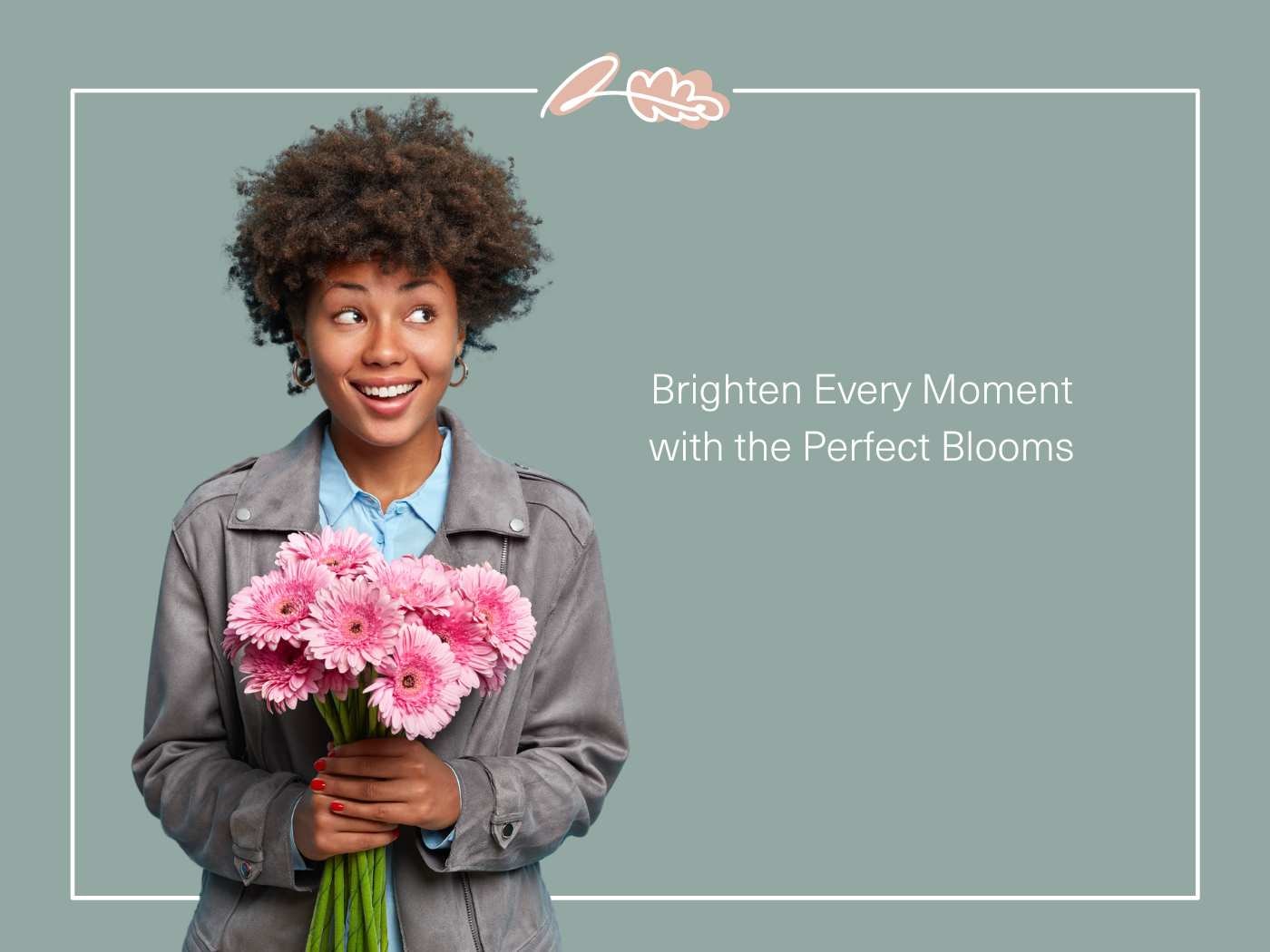
Understanding the Importance of Flower Bouquets for Events
Flower bouquets play a crucial role in setting the mood and atmosphere for any event. You’ll find that the right flowers for your event can transform a space, adding beauty and elegance to the occasion. Whether it’s a wedding, birthday, or corporate gathering, flowers have the power to convey emotions and messages that words sometimes can’t express.
When choosing the perfect flowers for an event, consider the symbolism of different flowers. For instance, roses are often associated with love and passion, making them perfect for romantic occasions. Sunflowers, with their bright and cheerful appearance, can bring joy and warmth to celebrations like graduations or housewarming parties.
The size of your bouquet matters too. A big bouquet of flowers can create a stunning focal point at a wedding ceremony, while smaller arrangements might be more suitable for intimate dinners or office events. Remember, the scale of your floral arrangement should complement the venue and the nature of the event.
Colour plays an important role in bouquet selection. You’ll want to choose flowers that harmonise with the event’s colour scheme. For example, white flowers bouquets are classic choices for weddings, symbolising purity and new beginnings. On the other hand, vibrant mixes of colours can energise a birthday party or anniversary celebration.
Don’t forget to consider the season when selecting your bouquet. Seasonal flowers not only ensure freshness but also connect your event to the natural rhythm of the industry. Spring events might feature tulips and daffodils, while autumn gatherings could showcase chrysanthemums and dahlias.
Finally, the recipient’s preferences should guide your choice. If you’re giving a bouquet as a gift, think about the person’s favourite flowers or colours. A thoughtfully chosen bouquet shows that you’ve put care and consideration into your selection, making the gesture even more meaningful.

Key Considerations for Choosing the Perfect Bouquet
How to choose the ideal flower bouquet involves thoughtful consideration of various factors. Here’s what you need to keep in mind on how to choose flowers for any event:
Event Type and Formality
The nature and formality of the occasion greatly influence your flower choice. Classic red roses are a popular option for romantic events like anniversaries or Valentine's Day. Birthday celebrations call for the recipient's favourite blooms or flowers representing their birth month. Formal gatherings such as weddings or corporate events often benefit from elegant arrangements featuring peonies, lilies, or tulips.
Venue and Colour Scheme
Your chosen flowers should harmonise with the event's location and colour palette. Ensure the bouquet complements the venue's decor and overall aesthetic. Dark-coloured blooms might clash with a bright, cheerful setting. Consider the ambience you're aiming to create and select flowers that enhance it.
Seasonal Availability
Opting for seasonal flowers ensures freshness and relevance to your event. Spring events shine with tulips and daffodils, while summer celebrations benefit from vibrant sunflowers and dahlias. Autumn gatherings look stunning with chrysanthemums and marigolds, and winter events sparkle with amaryllis and poinsettias. Seasonal choices often offer better value and are more environmentally friendly.
Symbolism and Meaning of Flowers
Many flowers carry symbolic meanings that can add depth to your bouquet. Roses symbolise love and passion, making them perfect for romantic occasions. Lilies represent purity and refined beauty, ideal for weddings or spiritual events. Orchids convey luxury and strength, suitable for high-end corporate gatherings. Sunflowers radiate happiness and adoration, brightening any celebratory event. By choosing flowers with appropriate symbolism, you can communicate your message more effectively through your bouquet.
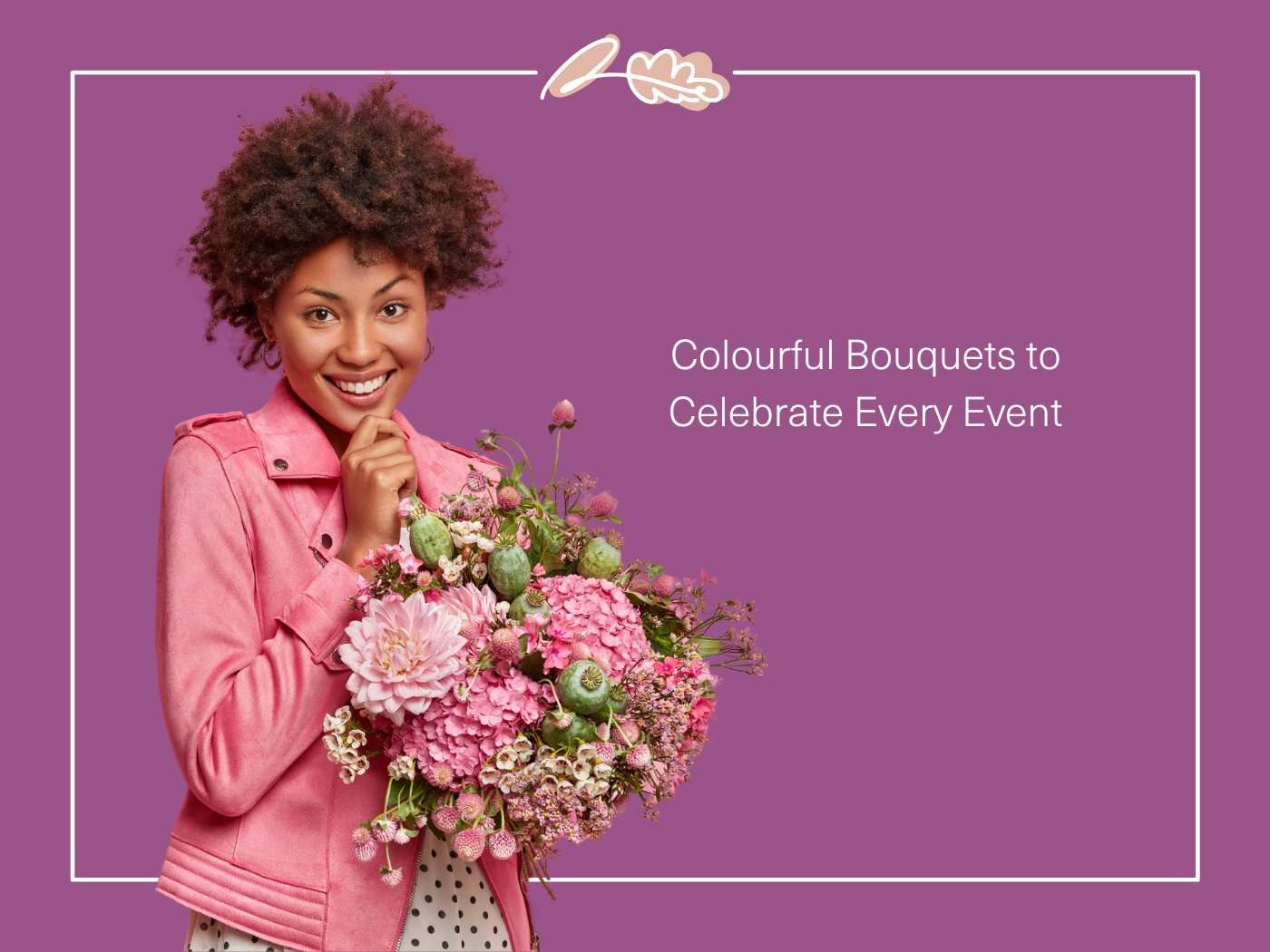
Personalising Your Flower Bouquet
The right flowers for your bouquet add a thoughtful touch that transforms a simple gift into a meaningful gesture. By considering the recipient’s preferences and incorporating unique elements, you create a bouquet that truly resonates with the person receiving it.
Matching Recipient's Personality
Choose flowers that reflect the recipient's character. For vivacious individuals, opt for bright and cheerful blooms like sunflowers, gerbera daisies, or tulips. Those who appreciate subtlety might prefer delicate roses or lilies. Tailor your selection to their favourite colours and flowers, ensuring the bouquet feels custom-made for them. This approach reinforces the emotional connection and personal significance of your gift.
Incorporating Meaningful Accents
Elevate your bouquet by adding special touches that hold sentimental value. Include ribbons, charms, or small tokens that represent shared memories or inside jokes. These personalised elements transform your bouquet into a heartfelt expression of your relationship. For example, you might add a miniature charm of the recipient's favourite animal or a ribbon in the colour of their alma mater.
Balancing Blooms and Foliage
Create a visually stunning arrangement by carefully balancing flowers and greenery. Incorporate different types of foliage, such as eucalyptus, ferns, or ivy, to add texture and depth to your bouquet. The green backdrop enhances the overall aesthetic and complements the vibrant colours of the blooms. Aim for a harmonious mix of flowers and foliage to achieve a well-rounded and eye-catching composition that will truly impress the recipient.
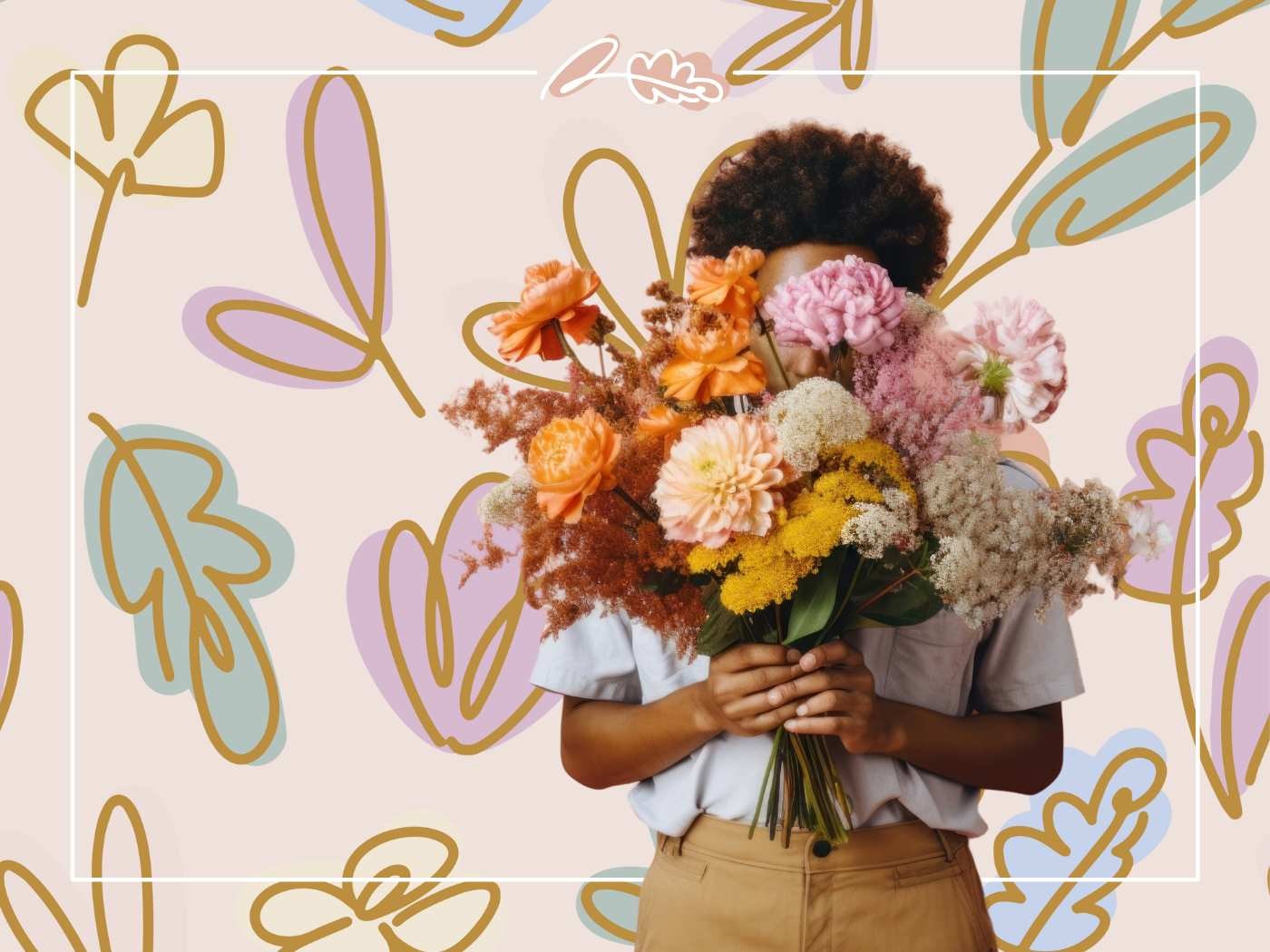
Practical Aspects of Bouquet Selection
How to select the perfect flower bouquet involves more than just aesthetics. You’ll need to consider several practical aspects to ensure your choice is both beautiful and appropriate for the occasion.
Budget Considerations
Setting a budget for your flower bouquet is essential. Luxury flower bouquets can be pricey, but there are options for every price range. You can create stunning arrangements with less expensive flowers like daisies or sunflowers. If you're looking for a big bouquet of flowers on a budget, consider seasonal blooms or ask your florist for cost-effective alternatives. Remember, the size and type of flowers greatly influence the price, so be clear about your budget from the start.
Longevity and Freshness
The longevity of your flower bouquet is crucial, especially for events lasting several hours. Choose flowers known for their staying power, like lilies or hydrangeas. To keep your bouquet fresh, ask the florist for care instructions. Some flowers, such as roses and peonies, last longer when properly cared for. If you're worried about longevity, consider a bouquet with a mix of fresh and artificial flowers. This combination can provide the beauty of real flowers with the durability of artificial ones.
Fragrance and Allergies
While a fragrant bouquet can be delightful, it's important to consider potential allergies. Some flowers, like lilies and lavender, have strong scents that might trigger allergic reactions. If you're unsure about the recipient's preferences or potential allergies, opt for less fragrant options like sunflowers or daisies. For events in enclosed spaces, choose flowers with subtle scents to avoid overwhelming guests. Remember, a beautiful bouquet doesn't always need to be heavily scented to make an impact.
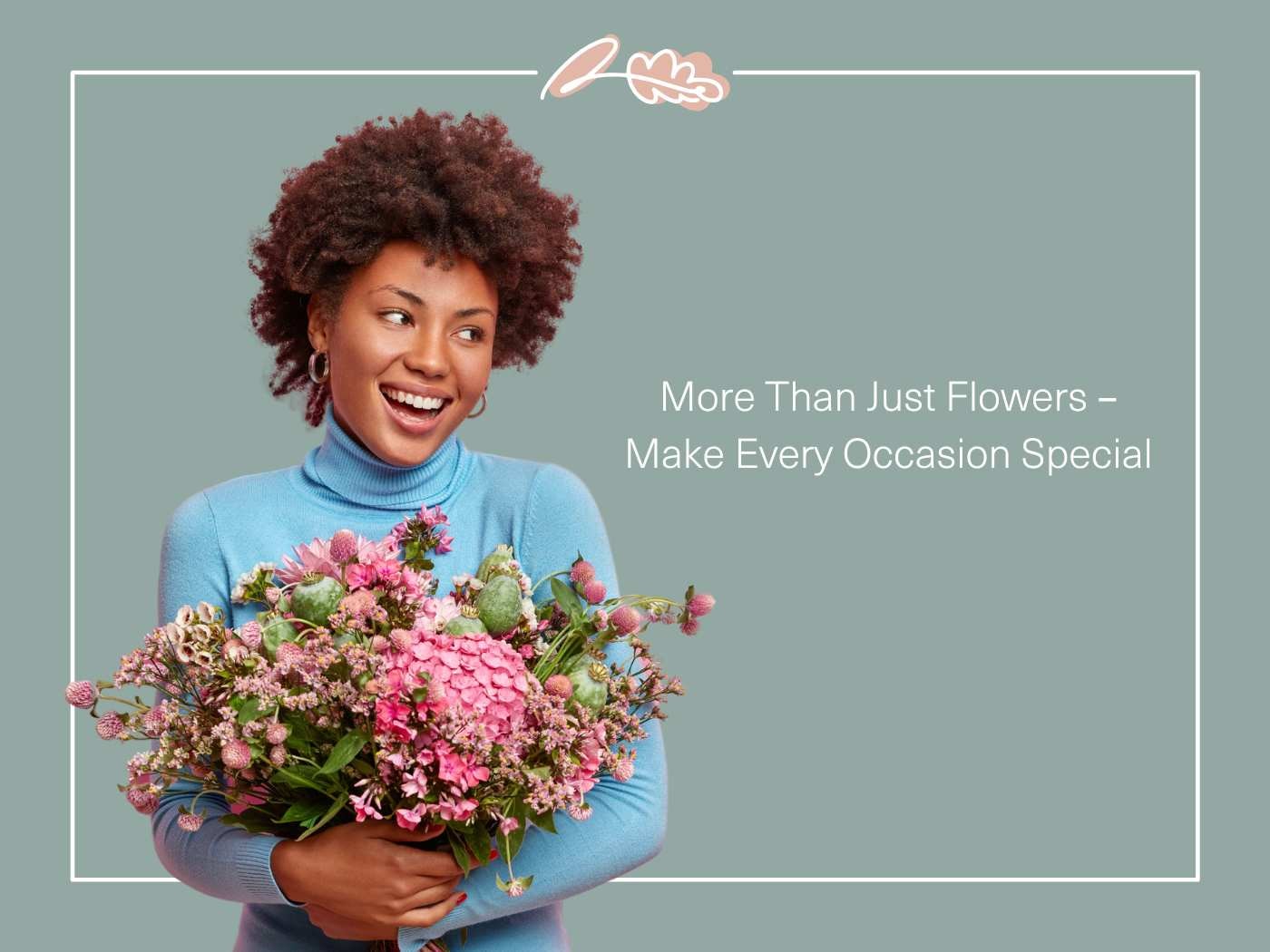
Colour Palette and Design
The Importance of Contrasting Colours in Flower Arrangements
When it comes to creating stunning flower arrangements, the colour palette plays a crucial role. One of the most effective ways to add visual interest to your arrangements is by incorporating contrasting colours. Contrasting colours are those that are opposite each other on the colour wheel, such as blue and orange, or red and green. By combining these colours, you can create a striking effect that captures everyone’s attention.
To choose the perfect contrasting colours for your flower arrangements, consider the occasion, the recipient, and the style of the arrangement. For example, if you’re creating a bouquet for a wedding, you may want to choose colours that complement the wedding colours. If you’re creating a bouquet for a birthday, you may want to choose bright and cheerful colours that match the celebratory mood.
Some popular contrasting colour combinations for flower arrangements include:
Red and green: This classic combination is perfect for Christmas and holiday arrangements.
Blue and orange: This bold and vibrant combination is perfect for summer arrangements and outdoor events.
Yellow and purple: This bright and cheerful combination is perfect for spring arrangements and Easter celebrations.
Pink and turquoise: This soft and feminine combination is perfect for baby showers and bridal showers.
By incorporating contrasting colours into your flower arrangements, you can add depth, dimension, and visual interest to your designs. Remember to consider the occasion, the recipient, and the style of the arrangement when choosing your colours, and don’t be afraid to experiment with different combinations to find the perfect look.
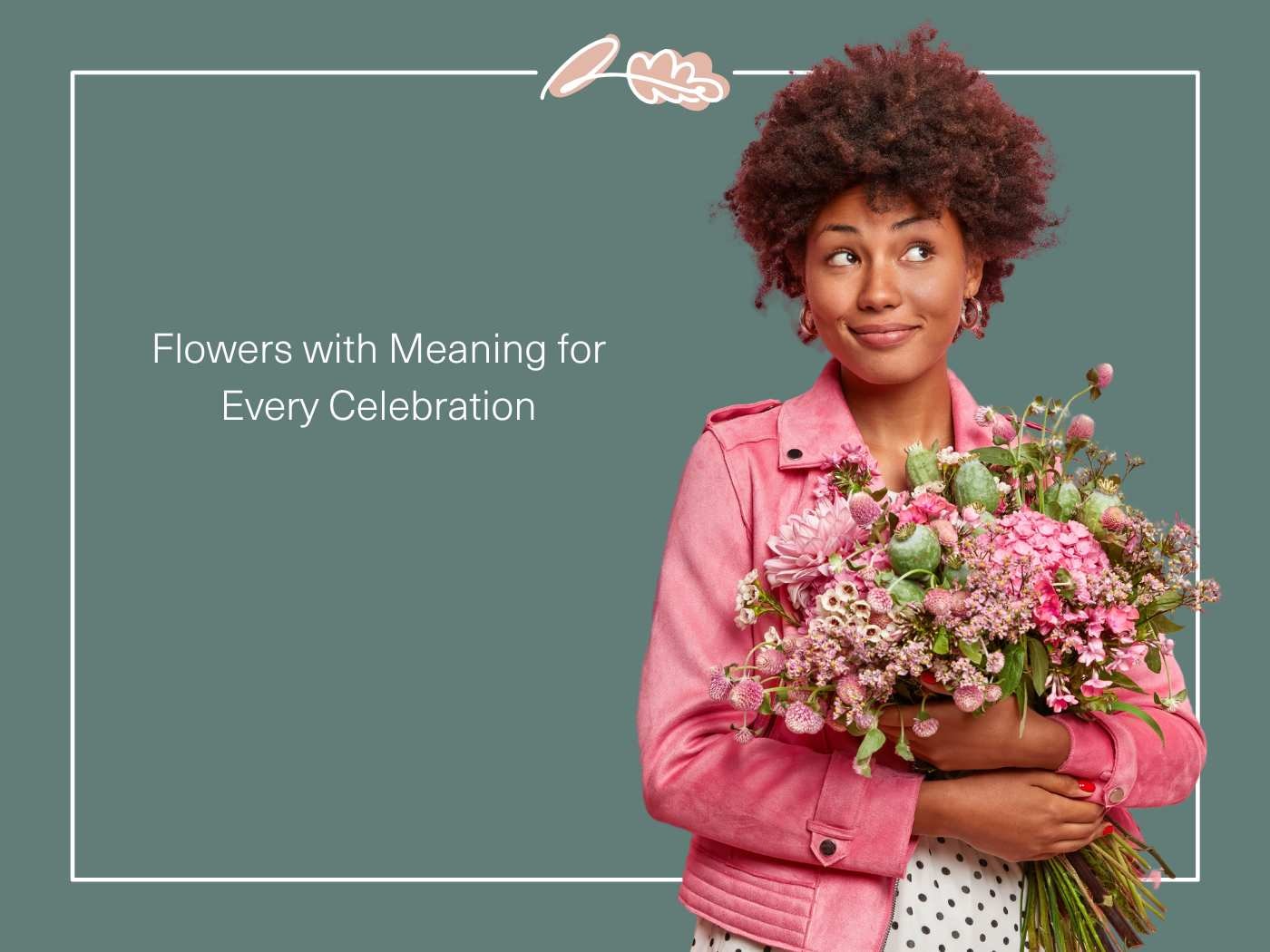
Popular Flower Arrangements for Different Events
Selecting the right flower arrangement can enhance the atmosphere of any event. Different occasions call for exact types of bouquets that complement the mood and setting.
Weddings and Anniversaries
For weddings, elegant and traditional flower bouquets are often the go-to choice. Roses, lilies, and gerberas are popular picks due to their vibrant colours and long-lasting blooms. Brides often opt for a bridal bouquet featuring white roses or lilies to symbolise purity and new beginnings. Anniversaries frequently celebrate with roses, which represent love and passion. Orchids make a stunning alternative, symbolising strength and beauty. Tulips are another excellent option for anniversaries, signifying eternal love.
Birthdays and Celebrations
Birthday bouquets should be cheerful and vibrant to match the festive mood. Sunflower bouquets are perfect for adding a bright, happy touch to birthday celebrations. Daisies are also a popular choice, offering a fresh and lively appearance. For a more luxurious feel, consider a peony bouquet, which exudes elegance and sophistication. Graduation celebrations often feature bouquets in school colours or include flowers that represent achievement, such as roses or lilies.
Sympathy and Condolences
When expressing sympathy, it's important to choose a flower bouquet that conveys respect and comfort. White lilies are a traditional choice for sympathy bouquets, symbolising purity and innocence. Roses in soft colours like white or pink can also be appropriate, representing love and grace. Hydrangea bouquets offer a subtle and serene option for condolences. For a more personal touch, consider including the deceased's favourite flowers in the arrangement.
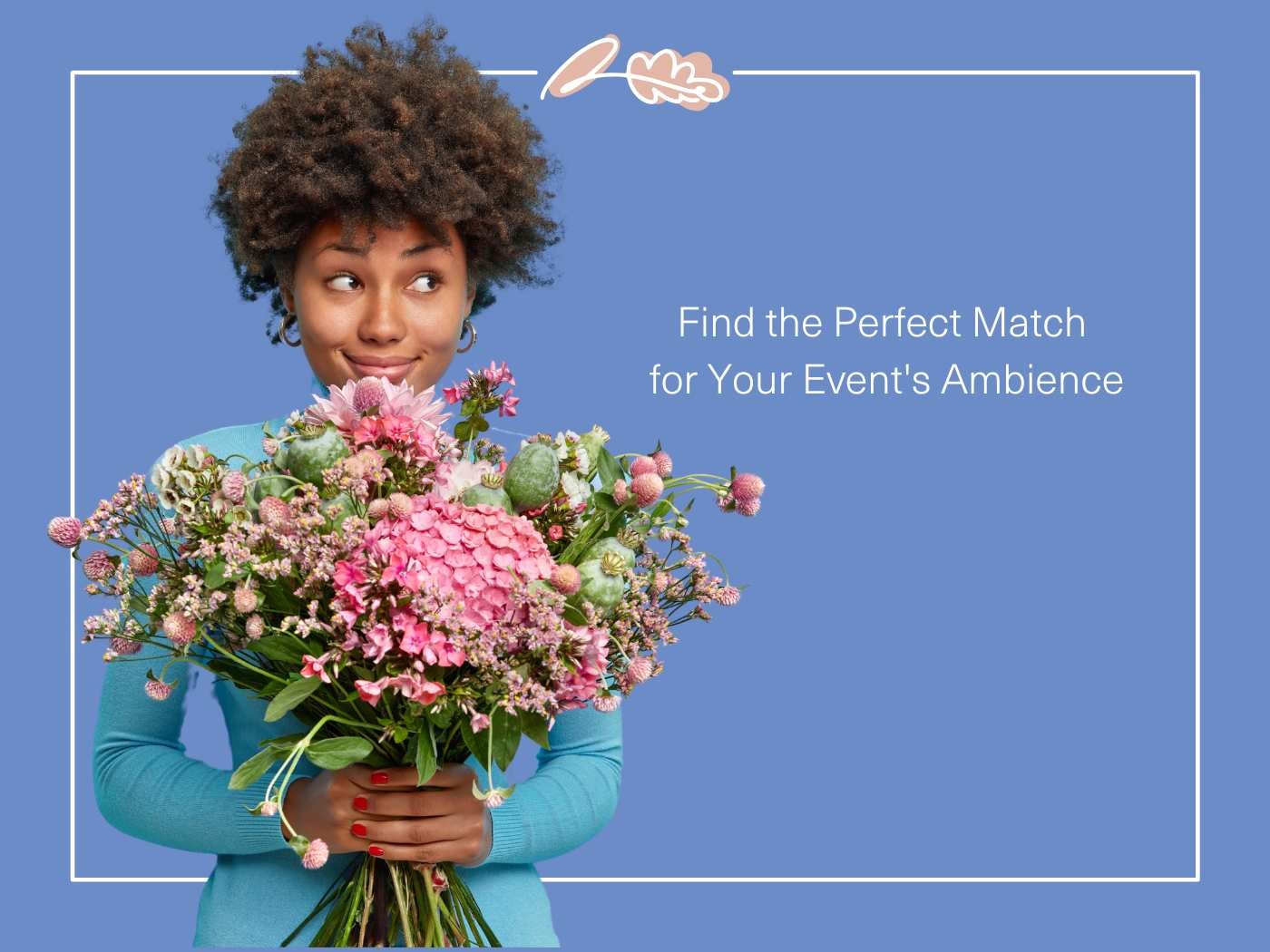
DIY Event Flowers: Tips and Tricks
Creative Ideas for Personal Touches
When it comes to creating DIY event flowers, adding personal touches can make all the difference. Here are some creative ideas for adding personal touches to your flower arrangements:
Use personal items: Consider using personal items such as photos, jewellery, or other mementos to add a personal touch to your arrangements.
Incorporate meaningful flowers: Choose flowers that hold special meaning to the occasion or the recipient. For example, if you’re creating a bouquet for a wedding, you may want to choose flowers that were used in the couple’s first date or first kiss.
Add a personal message: Consider adding a personal message or quote to your arrangements. This can be done using ribbons, cards, or other decorative elements.
Use unique containers: Instead of using traditional vases, consider using unique containers such as vintage tea cups, mason jars, or wooden crates.
Incorporate greenery: Consider incorporating greenery such as eucalyptus, ferns, or lemon leaves into your arrangements. This can add a fresh and fragrant touch to your designs.
Some popular personal touches for DIY event flowers include:
Photos: Consider using photos of the couple, the birthday boy or girl, or other special moments to add a personal touch to your arrangements.
Jewellery: Consider using jewelry such as pearls, diamonds, or other precious stones to add a touch of elegance to your arrangements.
Mementos: Consider using mementos such as coins, keys, or other small items to add a personal touch to your arrangements.
Quotes: Consider using quotes or lyrics that are meaningful to the occasion or the recipient to add a personal touch to your arrangements.
By adding personal touches to your DIY event flowers, you can create unique and meaningful arrangements that reflect the occasion and the recipient.

Logistics and Timeline
Preparing for the Event
When it comes to preparing for an event, timing is everything. Here are some tips for preparing for your event and ensuring that your flowers arrive on time:
Plan ahead: Make sure to plan ahead and order your flowers well in advance of the event. This will ensure that you have enough time to prepare and arrange your flowers.
Create a timeline: Create a timeline of the event and include deadlines for ordering flowers, preparing arrangements, and delivering flowers to the venue.
Communicate with your florist: Make sure to communicate with your florist and provide them with all the necessary details, including the date, time, and location of the event.
Prepare for delivery: Make sure to prepare for delivery by having a clear plan in place for how the flowers will be transported to the venue.
Some popular logistics and timeline tips for events include:
Order flowers 2-3 weeks in advance: This will ensure that you have enough time to prepare and arrange your flowers.
Prepare arrangements 1-2 days in advance: This will ensure that your arrangements are fresh and look their best on the day of the event.
Deliver flowers the day before: This will ensure that your flowers arrive at the venue on time and are ready to be set up.
Have a backup plan: Make sure to have a backup plan in place in case of unexpected delays or issues.
By planning ahead and preparing for your event, you can ensure that your flowers arrive on time and look their best.
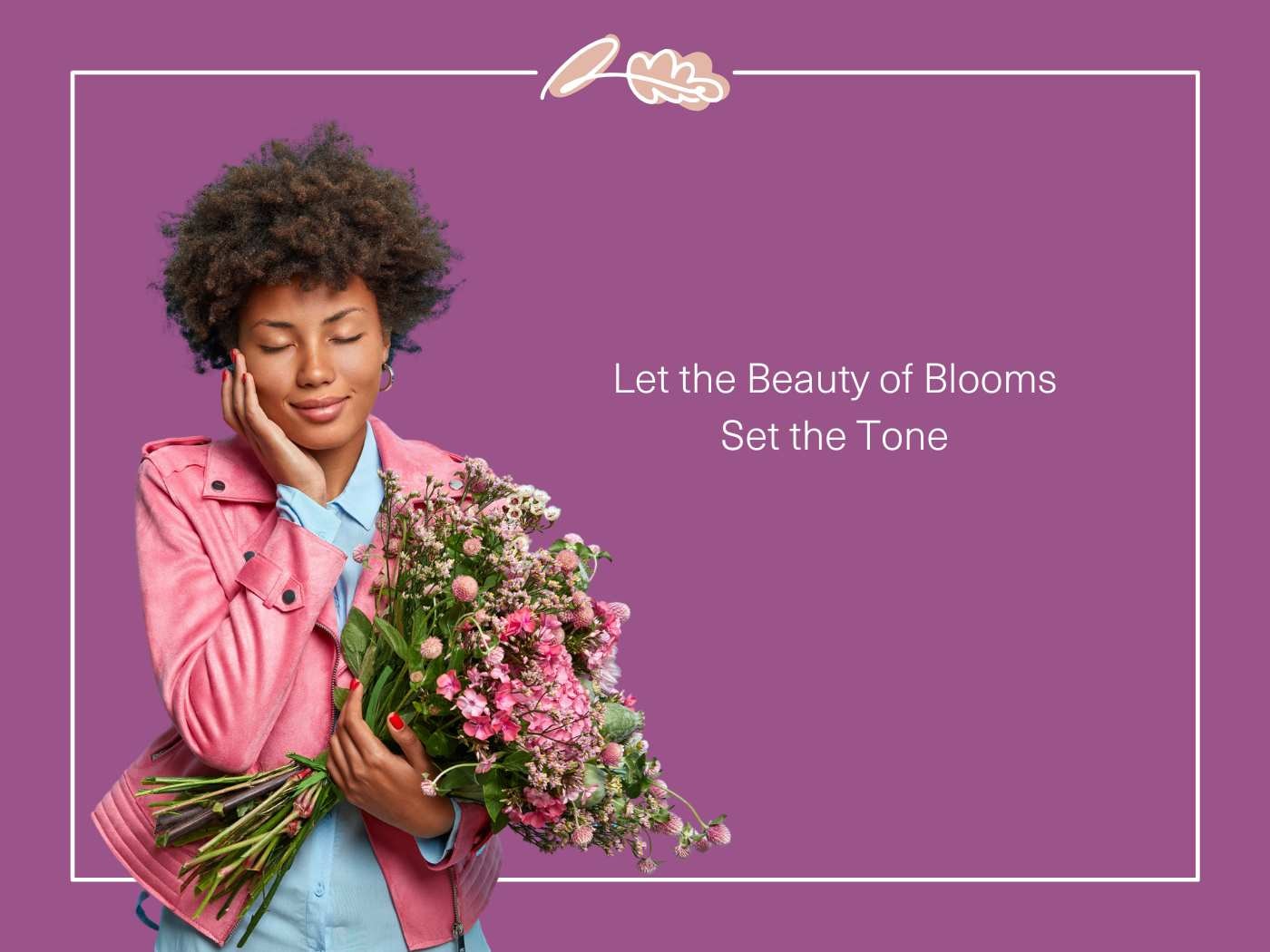
Working with a Professional Florist
Professional florists are experts in creating stunning flower arrangements for any event. Their knowledge and experience can help you choose the perfect bouquet that aligns with your vision and event theme.
Communicating Your Vision
When working with a florist, it's crucial to clearly express your ideas and preferences. Share your event's theme, colour scheme, and any exact flowers you'd like to include. For instance, if you're aiming for a romantic atmosphere, mention your desire for soft hues like blush, ivory, and lavender. You might request roses, peonies, and hydrangeas to create a dreamy ambience. Alternatively, for a rustic setting, describe your vision of earthy tones and wildflowers with greenery like eucalyptus and ferns.
Be open about your budget, as this helps the florist suggest suitable options. Don't hesitate to show pictures of bouquets you like, as visual references can greatly assist in communicating your ideas. Remember, the more information you provide, the better the florist can tailor the bouquet to your needs.
Customisation Options
Professional florists offer a wide range of customisation options to create unique and personalised florist choice bouquets. You can choose from various flower types, colours, and arrangements to suit your event. For a modern look, consider sleek designs with flowers like calla lilies, orchids, and anthuriums in bold colours.
Florists can also incorporate special elements to make your bouquet stand out. This might include adding ribbons, decorative wire, or even non-floral items that complement your theme. They can suggest seasonal flowers that are fresh and readily available, ensuring your bouquet looks its best on the day of your event.
Don't forget to discuss practical considerations with your florist. Some flowers are delicate and may not last throughout an entire event, especially in harsh weather conditions. Your florist can recommend hardier alternatives that maintain their beauty for longer periods. They can also advise on flowers with milder scents if you're concerned about allergies or overpowering fragrances in enclosed spaces.
Conclusion
Choosing the perfect flower bouquet is an art that enhances any event. By considering the occasion, recipient, and practical factors, you'll create arrangements that leave lasting impressions. Remember to balance aesthetics with symbolism and personal touches. Whether working with a florist or crafting your own bouquet, let your choices reflect the event's spirit and your thoughtfulness. With these insights, you're now equipped to select stunning floral arrangements that will delight and inspire for any occasion.
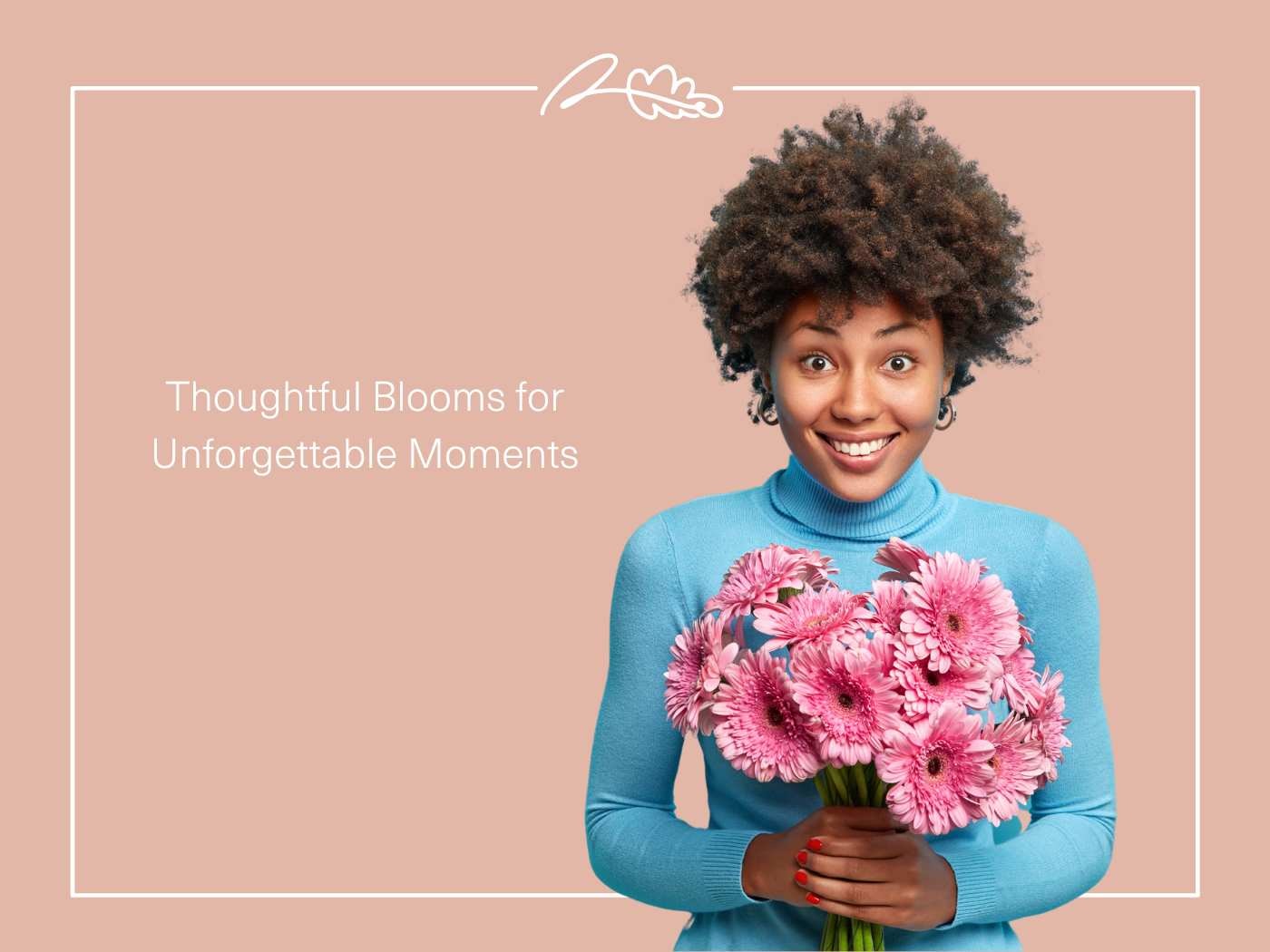
Frequently Asked Questions
How do I choose the perfect flower bouquet for an event?
Consider the event type, venue, and colour scheme. For weddings, elegant roses or lilies work well, while sunflowers suit casual gatherings. Match the bouquet size to the occasion - larger for grand events, smaller for intimate settings. Select seasonal flowers for freshness and consider the symbolism of different blooms to convey the right message.
What factors should I consider when selecting flowers for a bouquet?
Key factors include the event's formality, venue, colour scheme, and season. Consider the recipient's preferences if it's a gift. Think about the symbolism of different flowers - roses for love, sunflowers for joy. Also, factor in your budget, the bouquet's longevity, and potential allergies. Balancing blooms and foliage creates visually appealing arrangements.
How can I personalise a flower bouquet?
Personalise by choosing flowers that reflect the recipient's personality or favourite colours. Incorporate meaningful accents like ribbons or charms with sentimental value. Consider including their favourite blooms or those with special significance to your relationship. You can also add unique elements like succulents or herbs for a distinctive touch.
What are some popular flower arrangements for different events?
For weddings, elegant roses, lilies, and gerberas are popular. Birthdays call for cheerful sunflowers and daisies. Graduations might incorporate school colours. Sympathy bouquets often feature white lilies and soft-coloured roses. Corporate events typically use subtle, sophisticated arrangements. Always consider the event's theme and atmosphere when selecting flowers.
How important is the fragrance of flowers in a bouquet?
Fragrance is a crucial factor, especially for indoor events. While scented flowers can enhance the atmosphere, strong fragrances may cause discomfort for some guests. For enclosed spaces or if allergies are a concern, opt for less fragrant options like tulips or orchids. Always consider the venue and attendees when choosing scented blooms.
How can working with a professional florist benefit my flower selection?
A professional florist brings expertise in creating stunning arrangements that align with your event's theme. They can guide you on seasonal availability, colour combinations, and flower symbolism. Florists also offer customisation options, ensuring your bouquet is unique. They can advise on practical aspects like durability and help you stay within your budget while achieving your vision.
Read our next blog: Unleash Your Inner Florist: 100 Bouquet Ideas That'll Make Jaws Drop!

